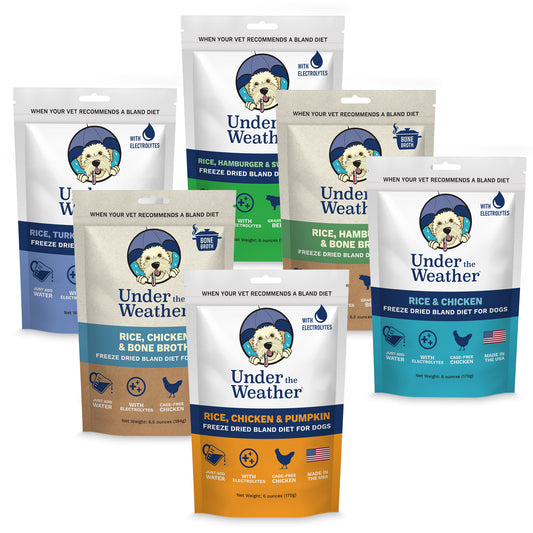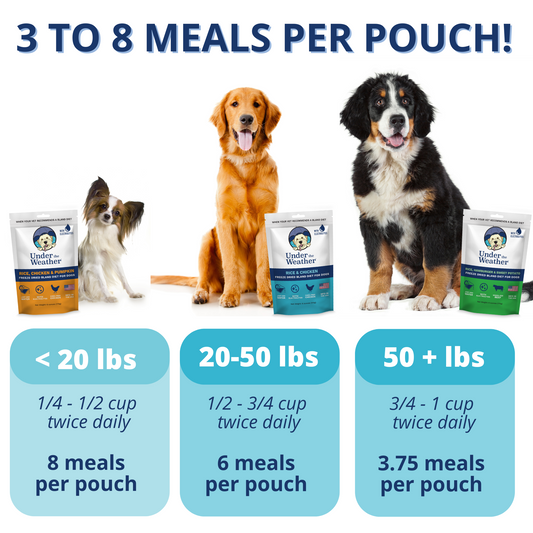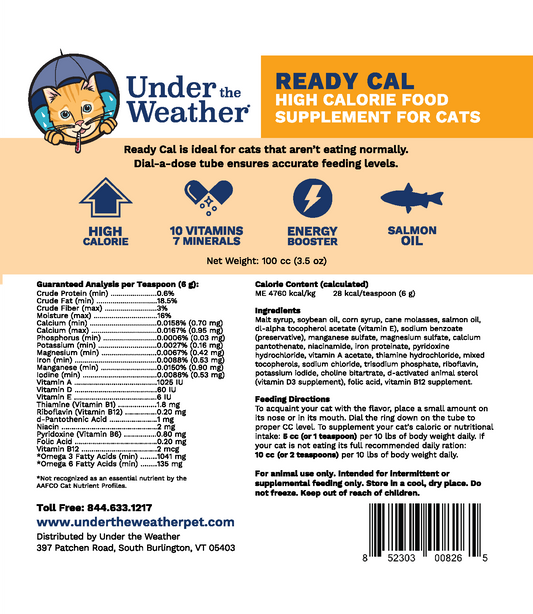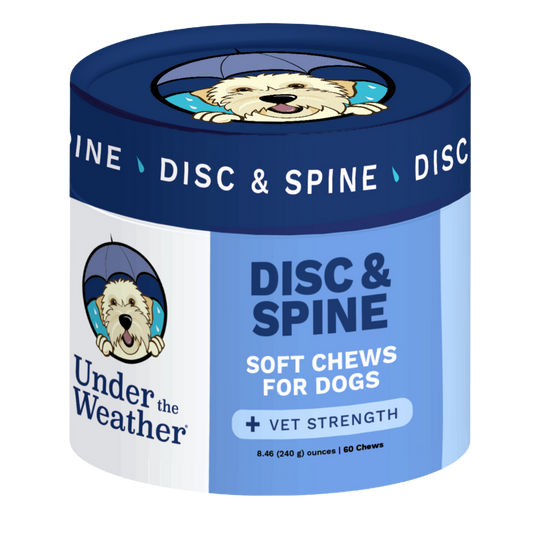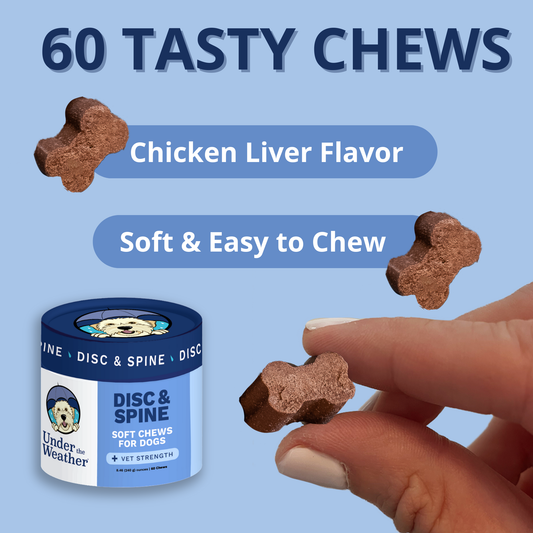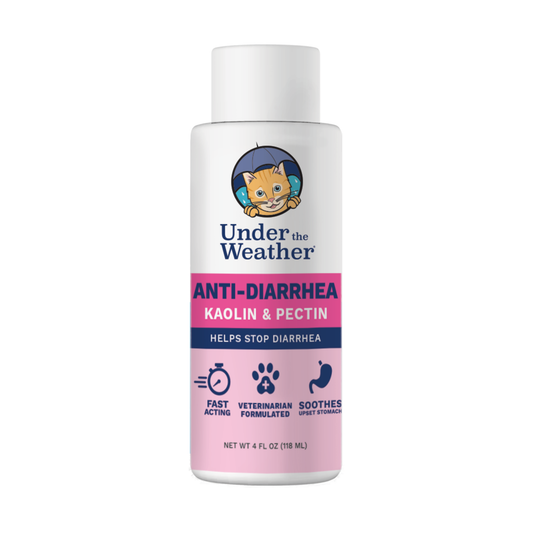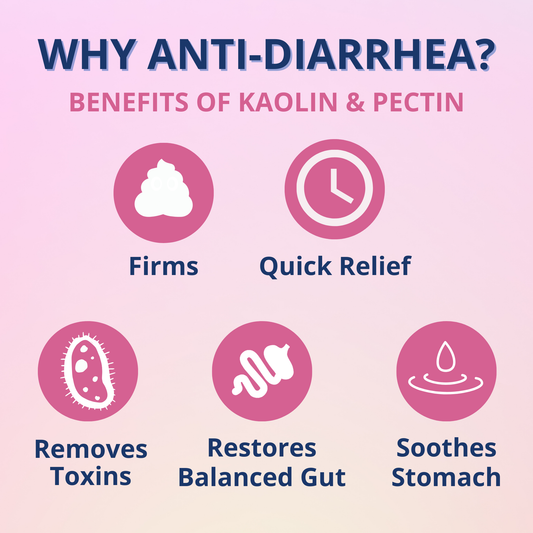Cats can move around quite gracefully in their younger years. Yet, as they age, their movements are slower and their jumping abilities might not be as great as they once were. Senior cats could use the extra joint support to move around without discomfort, or to let age slow them down. As a pet parent, you want to do whatever is possible to make your aging cat feel like their young selves again.
Senior cat joint care is important so that older felines can remain active, comfortable, and content in their old age. Age-related issues, such as stiffness, can be common; however, they can be minimized through gentle movement, nutrition, and cat joint supplements that are highly recommended by veterinarians. Thus, your cat’s quality of life can improve considerably if such a plan is put into action.
What to Know About Your Senior Cat’s Needs
Aging is a natural process. Cats are affected by it in their unique ways. Your cat won’t reach senior age until about 10 years old. Around this time, there will be changes to their muscle mass, metabolism, and joint health. It can also become noticeable over a period of time.
What exactly are some of the more obvious signs? Here are some common examples of what you may have noticed:
- Stiff joints after rest or on cold weather days
- Hesitation while climbing or jumping
- Less playful or decreased mobility
- Difficulty with grooming or using the litter box
- Increased rest
- Subtle changes in mood
While these changes won’t always indicate that your cat is in pain, it does signal that their joint cartilage and the surrounding structures can benefit from additional joint support. The sooner you address senior cat joint care, the better it will be for you and your feline companion.

What Are the Common Joint Issues That Senior Cats Deal With?
Joint pain and stiffness are normally mild in older cats. In some cases, there may be significant challenges that your cat could potentially face, especially when they are related to joint disease or degeneration. Here are some joint issues to be aware of:
- Degenerative Joint Disease (DJD): This condition affects the joint cartilage. It can wear down over time, leading to reduced mobility and discomfort.
- Hip Dysplasia: While this condition is normally common in dogs, some cats may also deal with it. Certain larger breeds, like Maine Coon cats, could develop conditions where the hip joint may not be properly fit in its socket.
- Arthritis: Senior cats may suffer from arthritis that can lead to reduced mobility. In addition, reduced joint lubrication and inflammation may be symptoms they regularly deal with, affecting their balance and everyday movement.
Nonetheless, early detection and management are both important to providing care and support for your senior cat. While senior cat joint care support is being considered, your veterinarian may need to perform x-rays, a urine analysis, or blood work for underlying conditions like kidney disease, which may stand in the way of providing effective care for your cat.
Why Is Joint Support So Important?
Your cat’s joints rely on synovial fluid, strong ligaments, and healthy joint cartilage to move around without pain and discomfort. If any of these are weakened, it can be challenging for them to jump, stretch, or climb. In other words, it will be hard for them to be their usual selves. If you think about it, deteriorating joints can be something that could steal a cat’s identity and natural behavior, so to speak.
Nevertheless, senior cat joint care should focus on managing numerous areas, including:
- Healthy cartilage for flexibility
- Good blood circulation for adequate delivery of nutrients
- Proper joint lubrication via hydration, nutrients, and supplementation
- Stable blood pressure for good organ and joint health
It is possible for your senior cat to feel their best with age, especially when making sure they are confident in their abilities to jump and climb while also being comfortable with their daily lives, dealing with less pain and discomfort.

What Are Some Natural Nutrients That Support Your Cat’s Joint Health?
Supporting cat health with natural nutrients is key. Having the best combination of vitamins, minerals, and natural compounds can set the stage for good joint health while ensuring better comfort in senior cats. Let’s take a look now at some of the natural nutrients that will likely be a good fit for them:
Glucosamine and Chondroitin Sulfate
These compounds are excellent for maintaining flexibility and cartilage repair, especially chondroitin sulfate, which can provide lubrication for your joints to ensure better movement.
Green Lipped Mussel (Perna Canaliculus)
When it comes to excellent joint support, green lipped mussel is a great addition to your cat’s regular care plan. That’s because it's rich in omega fatty acids and amino acids that are great for both lubricating joints and providing additional comfort.
Omega Fatty Acids
These are usually found in numerous marine sources, such as fish oils. Omega fatty acids are known for their numerous overall health benefits, such as improving a dull coat. It also helps with reduced inflammation and improvements in healthy cartilage, being just some of the many benefits.
Polysulfated Glycosaminoglycan (PSGAG)
Most veterinarian-formulated products used for supporting cartilage repair and joint lubrication will typically contain this naturally derived compound. Look for this ingredient in particular if you are seeking senior cat joint care support options.
If combined, such ingredients will regularly benefit your aging cat’s joints. Flexibility and ease of movement can gradually become more noticeable over time.
How to Provide Physical Support and Mobility Aid For Your Senior Cat?
While nutrition is one part of the process, so is physical comfort and environmental adjustments. Both of which can improve your cat’s quality of life over a period of time. Here are some ideas to consider as you ensure the best physical support possible for them:
- Give Them a Soft, Accessible Place to Rest: Consider using low beds or heating pads that will be easy to reach for your cat. It’s better to make sure they are low enough for accessibility instead of on high perches that require jumping or climbing.
- Install a Cat-Friendly Staircase: A pet ramp or a cat-friendly staircase are both excellent options for easy access. These can be placed in spots like their favorite window sill or a piece of furniture they normally rest on, like a couch. This way, they can access their favorite comfort spots without putting additional strain on their joints.
- Maintain Regular Grooming Habits: Older cats may have difficulty with cat grooming due to discomfort and stiffness. For this reason, you may need to consider brushing them regularly, especially if they have longer hair. At the same time, this can also be a great way to identify any signs of inflammation or soreness they may have.
- Encourage Gentle Movement: Obviously, gentle movement is all part of the plan. You may want to have periods of short play sessions almost daily or light stretching sessions to ensure that your cat’s muscle tone and flexibility are both maintained. Joint mobilization or light physical therapy (under vet supervision) can be great for mobility support.
What Are Some Available Advanced Support Options?
There may be situations where your cat’s discomfort may be more noticeable. For this reason, it is important to consult with your veterinarian as soon as possible to ensure that you have options regarding additional treatments or procedures. These include the following:
- Femoral Head Ostectomy: If your cat is dealing with joint disease or severe hip dysplasia, this surgical option may be necessary.
- Polysulfated Glycosaminoglycan Injections: These will be good for nourishing the cartilage in your joints while also repairing any damage that may be present.
- Physical Therapy: These include numerous therapeutic approaches such as joint mobilization techniques, underwater treadmills, and laser therapy, to name a few. All of which can make strengthening your cat’s joints a lot safer.
Please note that potential side effects are possible with these options. Thus, consulting with your vet before a decision is made on additional support and treatment is always the best option. If your cat is dealing with urinary tract disease or kidney disease, some treatment options might not be suitable, while others will be safe but effective without the risk of increased harm.
Final Thoughts
Your cat’s joint health is more important than you think. Plus, it is a good idea to make sure they get the excellent support they need, whether they are of senior age or approaching that important milestone in their life. The sooner you get focused on their joint health, the better. Under the Weather offers a variety of health-supportive products for your cat to ensure their joints remain healthy and functional for the longest time. Check out what we have in our store now!


